Startups encounter various challenges while building their brand presence, reaching their target audience, and generating steady business growth. From restricted resources and teams to intense competition and fast-evolving trends, cutting through the digital noise can feel daunting. This is precisely where digital marketing becomes a critical growth driver for startups.
In contrast to the usual marketing practices that tend to require large budgets, digital marketing presents a wiser, more efficient means of creating brand awareness, driving leads, and turning them into loyal clients. But there’s a catch—generic, one-size-fits-all approaches no longer work.
Today’s consumers are smarter, more informed, and expect personalized experiences. As a startup, the best way to win their attention and trust is by crafting a tailored digital marketing strategy that aligns with your unique business goals, customer journey, and growth stage.
In this blog, we’ll break down:
- Why does digital marketing matter so much for startups?
- How to craft a high-impact digital marketing strategy step-by-step?
- A real-life success story of a startup that nailed it with the right approach
What Is A Digital Marketing Strategy?
A digital marketing strategy is your blueprint for creating a robust online presence, reaching out to your desired audience, and leading them to become long-time customers. For startups rolling out a new brand or product, it is both brand positioning with a marketing game plan. What’s the end goal? Amplify awareness, engagement, and conversions in digital channels.
Whether you’re a bootstrapped startup or an emerging brand, having a good digital strategy enables you to cut through the noise and place your offering in the right way in today’s competitive market.
How Digital Marketing For Startups Helps?
Digital marketing services are a powerful growth tool for startups. It helps new businesses boost visibility, connect with the right audience, and scale affordably. Here’s how it fuels early-stage success.
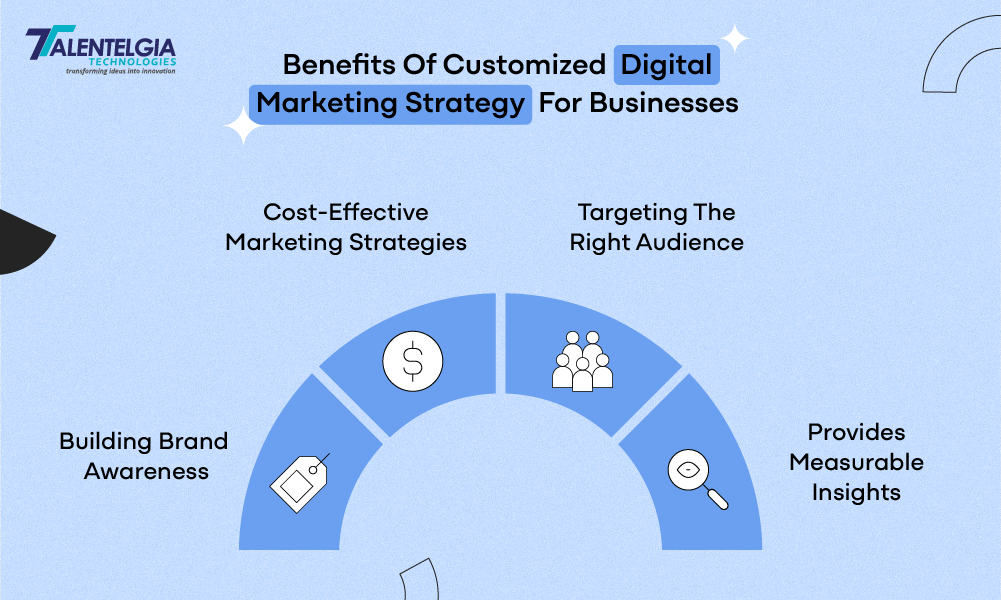
1. Building Brand Awareness
For new companies, building brand awareness is usually the initial—and largest—obstacle. With no online presence and little brand recognition in a saturated market, making yourself heard can seem insurmountable. But with digital platforms comes access to mighty, affordable resources to make new brands noticed and remembered. Social media networks such as Instagram, LinkedIn, and Facebook, in particular, as well as Google Search, enable you to engage your audience where they already live.
One great way to leave a lasting impression is through the use of interactive, experience-based campaigns that encourage your audience to get involved. People may forget what they scroll through, but they remember what they engage with actively.
A great example of this is from Volkswagen’s 2020 campaign in Sweden. The brand created a live, virtual scavenger hunt called The No Show Room, where they had left a Passat Alltrack in Sweden’s far north and scattered clues in commercials with national ski team members. The first person to discover the vehicle got to take it home. This immersive, game-like experience didn’t just create buzz but involved viewers on a deep level, intertwining real-world adventure and online storytelling.
2. Cost-Effective Marketing Strategies
When you’re running a startup on a tight budget, every dollar counts. Conventional marketing avenues such as TV ads and billboards are usually priced out of reach, but online marketing puts everyone on an equal playing field. Strategies such as SEO, social media engagement without paying for it, and content marketing have a high impact at minimal expense. To make the most of your SEO efforts, it’s essential to regularly track keyword rankings to understand what’s working and where to improve.
Social media, in particular, can be a treasure trove for startups that understand how to be timely and innovative. One such standout example of this is Oreo’s real-time marketing strategy. Way back in 2013, when the Super Bowl itself suffered an unexpected power outage, Oreo soon issued the now-iconic “You can still dunk in the dark” tweet, thought up and signed off within minutes. Not only the humor, but also the haste and cultural connection impressed. Since then, Oreo has carried on this approach through fun, timely messaging and continuous campaigns such as Wonderfilled, which demonstrate that keeping up with trends doesn’t take enormous budgets—merely clever thinking and speedy action.
Similarly, a small local coffee shop or an e-commerce app development startup can take the same strategy: posting consistently, responding to popular topics, and interacting with users through timely, relevant posts. Even minimal efforts, such as commenting on posts or asking users to submit their posts, can contribute to organic visibility growth while cultivating a loyal base of customers.
3. Targeting The Right Audience
The real strength of online marketing is in its capacity to target the appropriate audience. The old ways of marketing tend to throw a large net and then hope to catch a few potential prospects. Businesses can narrow their focus to their target audience through digital means such as Google AdWords, Facebook AdWords, and social media metrics. Whether they want to reach people by age, location, interests, or web activity, digital media has robust features to segment audiences in detail.
Take the example of a fitness business that provides an online personal training service. Rather than promoting to a broad group, they may target those who have just been searching for “home workout routines” or “fitness apps” so that they know their advertising is going directly to those people who are already looking for their services. It is this sort of precision that allows startups to maximize their use of their advertising budget, such that their campaigns will have direct returns.
4. Provides Measurable Insights
One of the largest advantages of online marketing is having the capability to track, measure, and improve each step. Startups are able to use tools such as Google Analytics, HubSpot, and Meta Insights to track it all, right from website visits and click-throughs to conversions and bounce rates. Real-time information makes for rapid optimization and maximization of every marketing buck.
A wonderful real-life example of this is American Express’s “Trends & Insights” blog, launched in 2016. By looking to HubSpot and Sitefinity CMS, the business developed a content hub full of personal finance tips that made it an industry thought leader. Much like how modern fintech app development leverages analytics to refine user experience, Amex used in-built analytics to gauge what content their audience best responded to. This helped them continually optimize subsequent posts for greater reach and engagement.
Steps To Create A Custom Digital Marketing Strategy for Startups
Although each brand is distinct in its own characteristics, the key pillars of a successful digital campaign are more or less the same. Here’s a step-by-step guide to assist you in creating an effective strategy that corresponds with your business objectives, audience behavior, and digital trends.
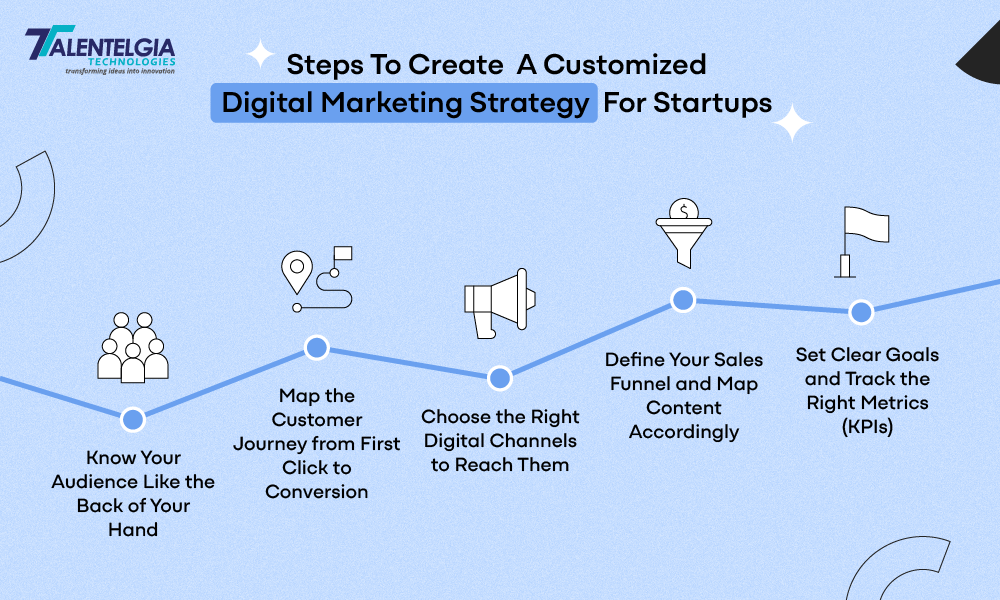
1. Define Your Target Audience
Your marketing efforts are only as effective as your understanding of who you’re targeting. Building detailed customer personas is the first step. Go beyond demographics — dig into your audience’s pain points, buying behavior, online habits, and preferences.
Ask yourself:
- What problems are they trying to solve?
- What words or questions do they type into search engines?
- What kind of content resonates with them (videos, blogs, podcasts, etc.)?
- Which social media platforms do they use actively?
Pro tip: If your audience is Gen Z or Millennials, prioritize mobile-friendly video content, reels, and influencer partnerships. For older audiences, such as Gen X or Boomers, use email newsletters, educational blogs, and in-depth guides.
2. Plot the Customer Journey from First Click to Conversion
To get curious visitors to pay up, you must know each step along the way. Ask yourself:
- How do they initially find you? (Google, Instagram, YouTube, etc.)
- What questions are they asking before purchasing?
- What are the objections or hindrances they experience?
Assume they tend to start with a Google search. Your content strategy needs to incorporate SEO-optimized landing pages for those search queries. When they arrive at your site, provide value, like useful blogs, product comparisons, or lead magnets (e.g., free downloads), to push them into the next step.
Each step should be created to build trust, answer questions, and move them closer to the end of your marketing funnel.
3. Choose The Right Digital Channels To Reach Them
Not all platforms will be right for your brand. Choose your channels based on where your audience spends their time and how they want to interact. Here’s a rundown of important options:
SEO (Search Engine Optimization)
Optimize your website, blogs, and landing pages for high-intent keywords. Ensure your site is fast, mobile-friendly, and has internal linking, backlinks, and structured data. You can also start leveraging AI in SEO to uncover deeper keyword intent, content gaps, and user trends faster than ever before.Learning how to find backlinks from your competitors’ top-performing pages can help you identify new opportunities to strengthen your own domain authority.
SEM (Search Engine Marketing)
Use paid advertising (such as Google Ads) to show up first in search. Target commercial-intent keywords such as “buy,” “top-rated,” or “near me” to promote traffic and conversion.
Social Media
Use social channels such as Instagram, LinkedIn, YouTube, or TikTok, depending on your segment. Mix up organic posting with paid ads, and leverage an AI Ad Generator to produce engaging, platform-optimized creatives that boost awareness and engagement.
Display & Video Ads
These ads ( YouTube pre-rolls or banners) can be a prospect’s first encounter with your brand. So make it count. Invest in emotion, aspiration, and a clear call to action — this is your “first impression” moment.
Email & Chatbots
Targeted email marketing still provides one of the strongest ROIs. Leverage automation for lead nurturing and chatbots to manage real-time inquiries. Pro tip: Placing “video” in subject lines can increase open rates up to 20%.
4. Define Your Sales Funnel
Your online strategy should lead prospects through the traditional AIDA funnel:
- Awareness: Grab attention through ads, blogs, and social posts.
- Interest: Inform through webinars, newsletters, or guides.
- Desire: Demonstrate product benefits through testimonials and case studies.
- Action: Convert with a clear call to action — a buy button, demo request, or sign-up form.
Create content tailored to every phase. A how-to blog, for instance, is suitable for the awareness stage, and a pricing comparison guide supports the decision stage.
5. Set Goals & Track Metrics
What does success mean to you? Before initiating any campaign, establish your SMART goals:
- Drive website traffic by 30% in 3 months
- Build an email list of 5,000 subscribers
- Register a 2.5% conversion rate on product pages
Then, measure KPIs corresponding to these goals:
- Organic traffic (Google Analytics)
- Engagement rates (social media)
- Click-through and open rates (email platforms)
- Conversion rates (your website)
Use these to double down on what works and pivot where needed.
Brand Success Story: Dove’s ‘Real Beauty’ Campaign
Beauty has been defined for a long time by unrealistic, narrow ideals. By age 17, nearly 78% of girls have expressed dissatisfaction with their looks, the National Organization for Women reported. And that’s not the end of it—70% of female university students confess to feeling worse about themselves after flipping through typical fashion magazines.
To counteract this disturbing trend, Dove, a Unilever personal care brand, decided to turn the script on conventional advertising on its head. Their legendary “Real Beauty” campaign, introduced in 2004, was not only a campaign but a movement.
What Ignited the Campaign?
Before launch, Dove hired research company StrategyOne to conduct a global study, questioning 3,200 women aged 18-64 in 10 countries. The results unearthed eye-opening facts:
- Just 2% of women felt “beautiful.”
- 72% labeled their appearance as “average.”
- 68% thought that the media perpetuates unrealistic beauty ideals.
- 75% hoped that the media would portray more realistic and diverse images.
With this in mind, Dove constructed a campaign to provoke actual change in the way beauty is viewed.
Campaign Objectives: Beyond Promotion
The “Real Beauty” campaign was anchored in three precise, mission-driven objectives:
- Launch a worldwide discussion regarding broadening society’s definitions of beauty.
- Increase women’s self-esteem and confidence by highlighting unretouched, real people in their ads.
- Establish Dove as a company that believes in authenticity, inclusiveness, and self-acceptance.
For Whom Was the Campaign Initiated?
Dove did not confine its attention to one demographic. Rather, the campaign welcomed women of all ages, ethnicities, sizes, and backgrounds, particularly those who felt excluded by traditional advertising.
The message appealed to women who were sick of being told what beauty was. It created conversations and communities where women could see themselves represented truthfully.
Campaign Rollout: Real Stories, Real Impact
Dove used a combination of television commercials, print advertisements, billboards, and online content to gain maximum exposure. But the magic occurred when the “Real Beauty Sketches” video series was launched, which went viral in no time.
This heart-wrenching video featured women telling a sketch artist how they looked—and then being told how they looked by strangers. The contrast was striking. It brought out the huge disparity between how women perceive themselves and how others perceive them.
Dove also featured women of all shapes and sizes in their commercials—no models, no filters, no perfection. Just plain, honest beauty.
Real Results: A Campaign That Changed Everything
The success of the “Real Beauty” campaign was unparalleled:
- Dove generated 30x more media coverage than it initially spent on ads—all naturally earned.
- The campaign site logged over 1.5 million visitors in the short time since its launch.
- Within one year, Dove sales rose by 10%, making it one of the most effective brand repositionings in recent times.
But more than numbers, the brand gained something far more precious—trust and loyalty from millions of women who finally felt represented.
Key Takeaway
Dove’s “Real Beauty” campaign was more than merely a marketing breakthrough—it was a cultural revolution. In deciding to highlight real women, honest emotions, and genuine storytelling, Dove created a niche that not only solidified its brand equity but also transformed lives. For startups and emerging brands, this case is a reminder: when your message is aligned with your purpose and resonates with actual human emotion, impact and success naturally ensue.
Conclusion
A customized digital marketing plan is crucial for startups to differentiate and obtain sustainable business growth. By learning about your audience, creating personalized campaigns, and using the proper digital channels, startups can establish valuable connections with their buyers even on a modest budget. The most important thing is to remain flexible, use data to make decisions, and let your marketing activities be aligned with your brand values and objectives. Stepping into 2025, startups focusing on personalization and targeted marketing will establish greater brand loyalty and position themselves for long-term success.


 Healthcare App Development Services
Healthcare App Development Services
 Real Estate Web Development Services
Real Estate Web Development Services
 E-Commerce App Development Services
E-Commerce App Development Services E-Commerce Web Development Services
E-Commerce Web Development Services Blockchain E-commerce Development Company
Blockchain E-commerce Development Company
 Fintech App Development Services
Fintech App Development Services Fintech Web Development
Fintech Web Development Blockchain Fintech Development Company
Blockchain Fintech Development Company
 E-Learning App Development Services
E-Learning App Development Services
 Restaurant App Development Company
Restaurant App Development Company
 Mobile Game Development Company
Mobile Game Development Company
 Travel App Development Company
Travel App Development Company
 Automotive Web Design
Automotive Web Design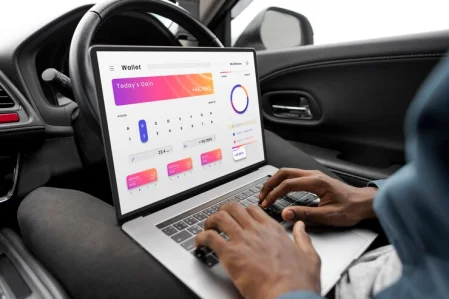
 AI Traffic Management System
AI Traffic Management System
 AI Inventory Management Software
AI Inventory Management Software
 AI Software Development
AI Software Development  AI Development Company
AI Development Company  AI App Development Services
AI App Development Services  ChatGPT integration services
ChatGPT integration services  AI Integration Services
AI Integration Services  Generative AI Development Services
Generative AI Development Services  Natural Language Processing Company
Natural Language Processing Company Machine Learning Development
Machine Learning Development  Machine learning consulting services
Machine learning consulting services  Blockchain Development
Blockchain Development  Blockchain Software Development
Blockchain Software Development  Smart Contract Development Company
Smart Contract Development Company  NFT Marketplace Development Services
NFT Marketplace Development Services  Asset Tokenization Company
Asset Tokenization Company DeFi Wallet Development Company
DeFi Wallet Development Company Mobile App Development
Mobile App Development  IOS App Development
IOS App Development  Android App Development
Android App Development  Cross-Platform App Development
Cross-Platform App Development  Augmented Reality (AR) App Development
Augmented Reality (AR) App Development  Virtual Reality (VR) App Development
Virtual Reality (VR) App Development  Web App Development
Web App Development  SaaS App Development
SaaS App Development Flutter
Flutter  React Native
React Native  Swift (IOS)
Swift (IOS)  Kotlin (Android)
Kotlin (Android)  Mean Stack Development
Mean Stack Development  AngularJS Development
AngularJS Development  MongoDB Development
MongoDB Development  Nodejs Development
Nodejs Development  Database Development
Database Development Ruby on Rails Development
Ruby on Rails Development Expressjs Development
Expressjs Development  Full Stack Development
Full Stack Development  Web Development Services
Web Development Services  Laravel Development
Laravel Development  LAMP Development
LAMP Development  Custom PHP Development
Custom PHP Development  .Net Development
.Net Development  User Experience Design Services
User Experience Design Services  User Interface Design Services
User Interface Design Services  Automated Testing
Automated Testing  Manual Testing
Manual Testing  Digital Marketing Services
Digital Marketing Services 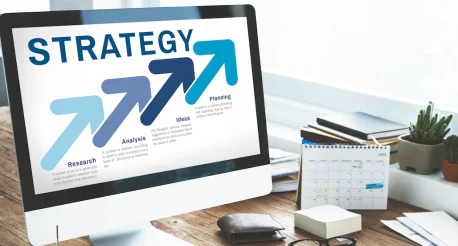
 Ride-Sharing And Taxi Services
Ride-Sharing And Taxi Services Food Delivery Services
Food Delivery Services Grocery Delivery Services
Grocery Delivery Services Transportation And Logistics
Transportation And Logistics Car Wash App
Car Wash App Home Services App
Home Services App ERP Development Services
ERP Development Services CMS Development Services
CMS Development Services LMS Development
LMS Development CRM Development
CRM Development DevOps Development Services
DevOps Development Services AI Business Solutions
AI Business Solutions AI Cloud Solutions
AI Cloud Solutions AI Chatbot Development
AI Chatbot Development API Development
API Development Blockchain Product Development
Blockchain Product Development Cryptocurrency Wallet Development
Cryptocurrency Wallet Development About Talentelgia
About Talentelgia  Our Team
Our Team  Our Culture
Our Culture 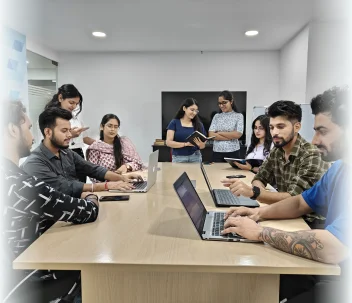
 Healthcare App Development Services
Healthcare App Development Services Real Estate Web Development Services
Real Estate Web Development Services E-Commerce App Development Services
E-Commerce App Development Services E-Commerce Web Development Services
E-Commerce Web Development Services Blockchain E-commerce
Development Company
Blockchain E-commerce
Development Company Fintech App Development Services
Fintech App Development Services Finance Web Development
Finance Web Development Blockchain Fintech
Development Company
Blockchain Fintech
Development Company E-Learning App Development Services
E-Learning App Development Services Restaurant App Development Company
Restaurant App Development Company Mobile Game Development Company
Mobile Game Development Company Travel App Development Company
Travel App Development Company Automotive Web Design
Automotive Web Design AI Traffic Management System
AI Traffic Management System AI Inventory Management Software
AI Inventory Management Software AI Software Development
AI Software Development AI Development Company
AI Development Company ChatGPT integration services
ChatGPT integration services AI Integration Services
AI Integration Services Machine Learning Development
Machine Learning Development Machine learning consulting services
Machine learning consulting services Blockchain Development
Blockchain Development Blockchain Software Development
Blockchain Software Development Smart contract development company
Smart contract development company NFT marketplace development services
NFT marketplace development services IOS App Development
IOS App Development Android App Development
Android App Development Cross-Platform App Development
Cross-Platform App Development Augmented Reality (AR) App
Development
Augmented Reality (AR) App
Development Virtual Reality (VR) App Development
Virtual Reality (VR) App Development Web App Development
Web App Development Flutter
Flutter React
Native
React
Native Swift
(IOS)
Swift
(IOS) Kotlin (Android)
Kotlin (Android) MEAN Stack Development
MEAN Stack Development AngularJS Development
AngularJS Development MongoDB Development
MongoDB Development Nodejs Development
Nodejs Development Database development services
Database development services Ruby on Rails Development services
Ruby on Rails Development services Expressjs Development
Expressjs Development Full Stack Development
Full Stack Development Web Development Services
Web Development Services Laravel Development
Laravel Development LAMP
Development
LAMP
Development Custom PHP Development
Custom PHP Development User Experience Design Services
User Experience Design Services User Interface Design Services
User Interface Design Services Automated Testing
Automated Testing Manual
Testing
Manual
Testing About Talentelgia
About Talentelgia Our Team
Our Team Our Culture
Our Culture
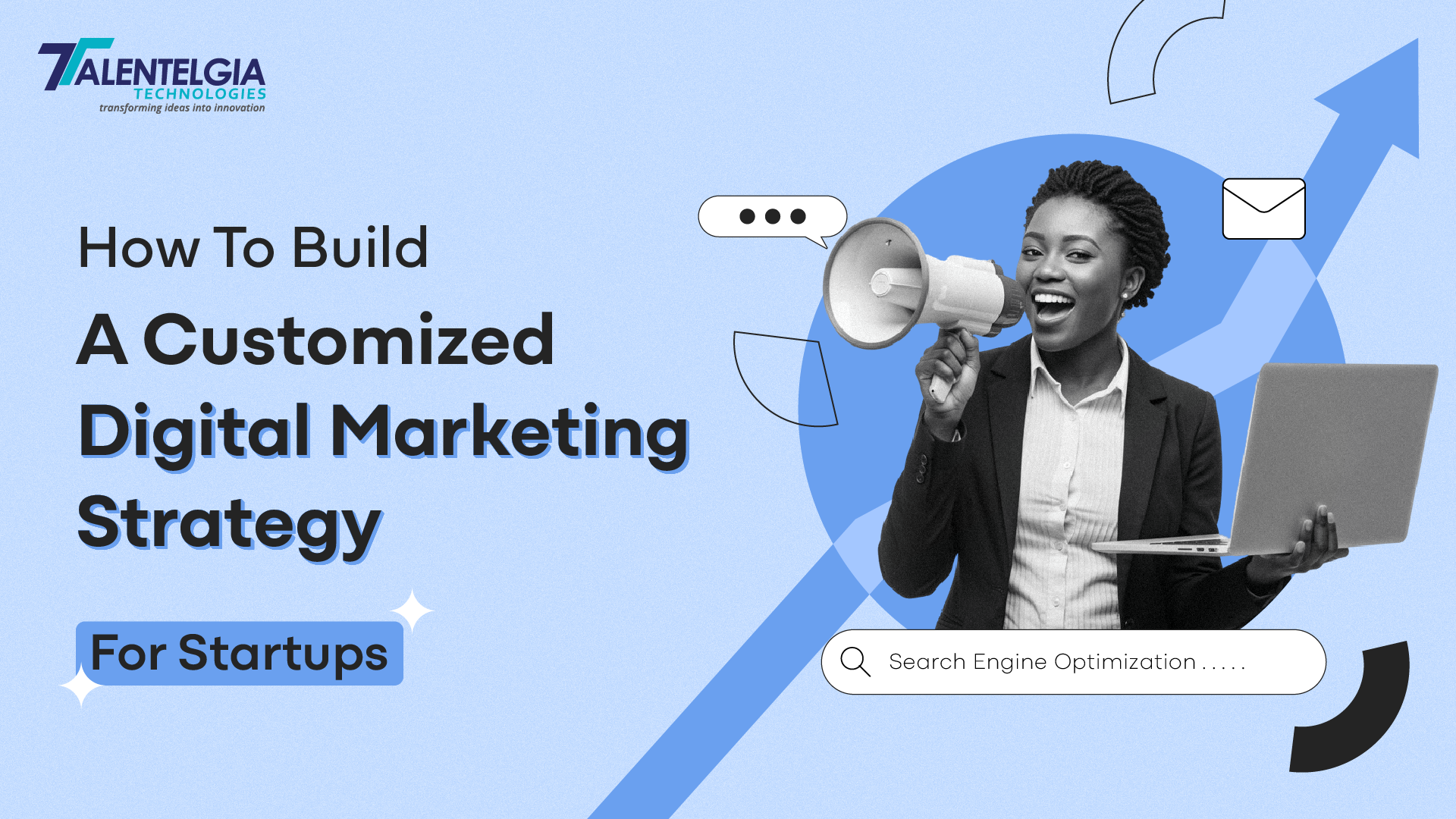

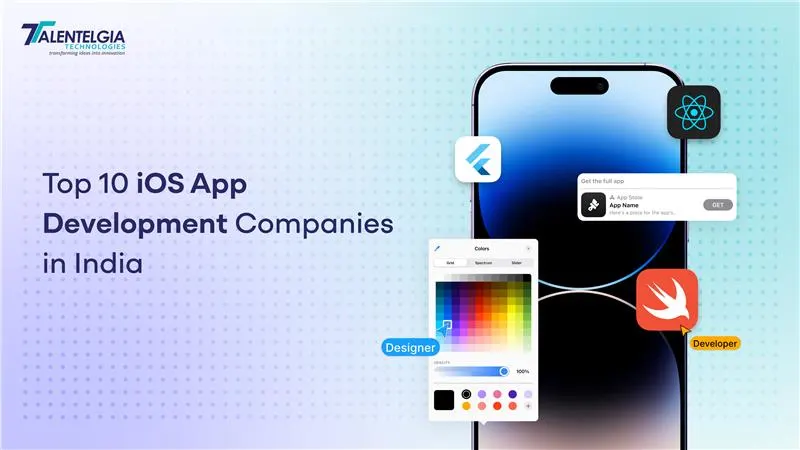

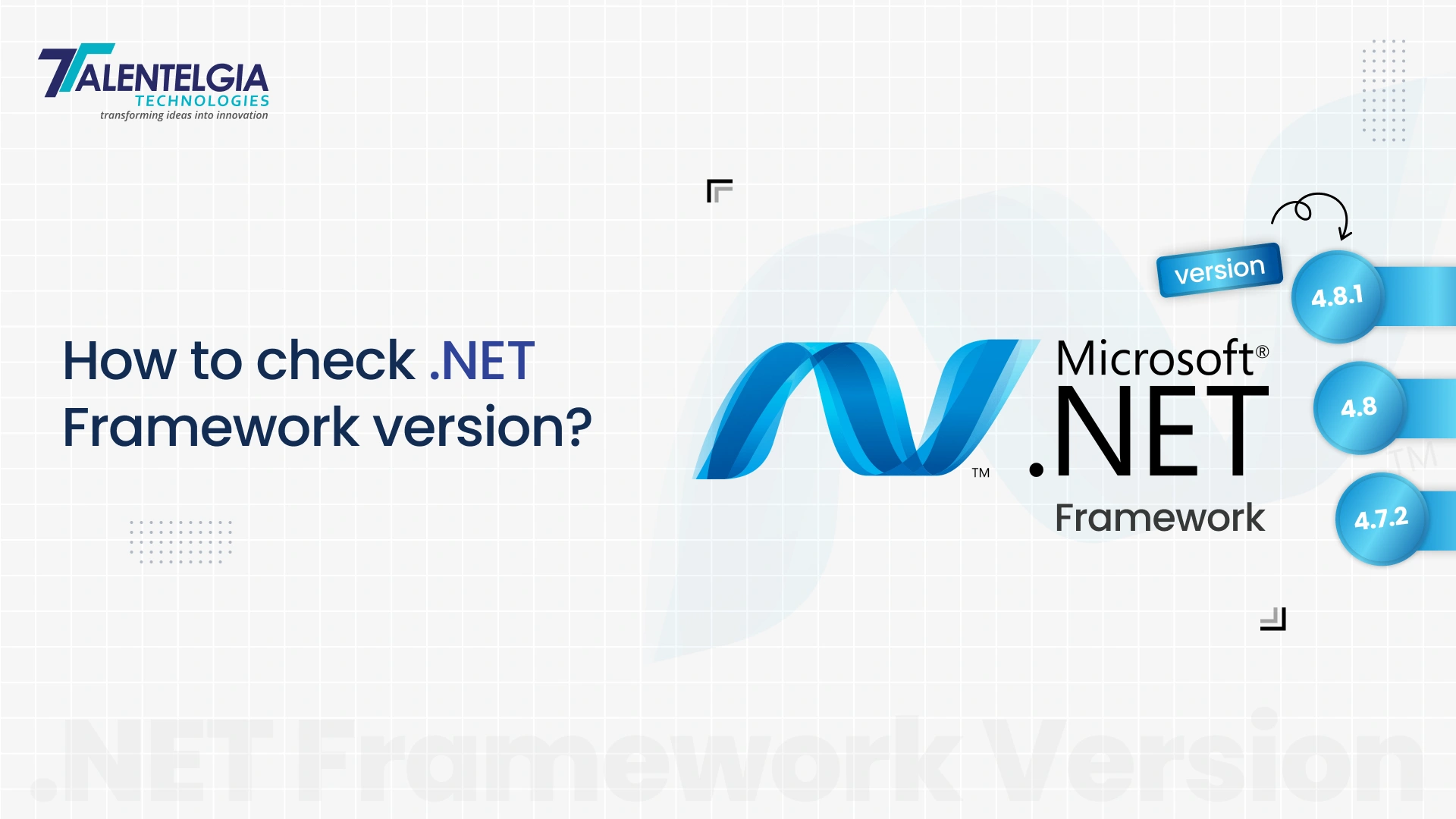
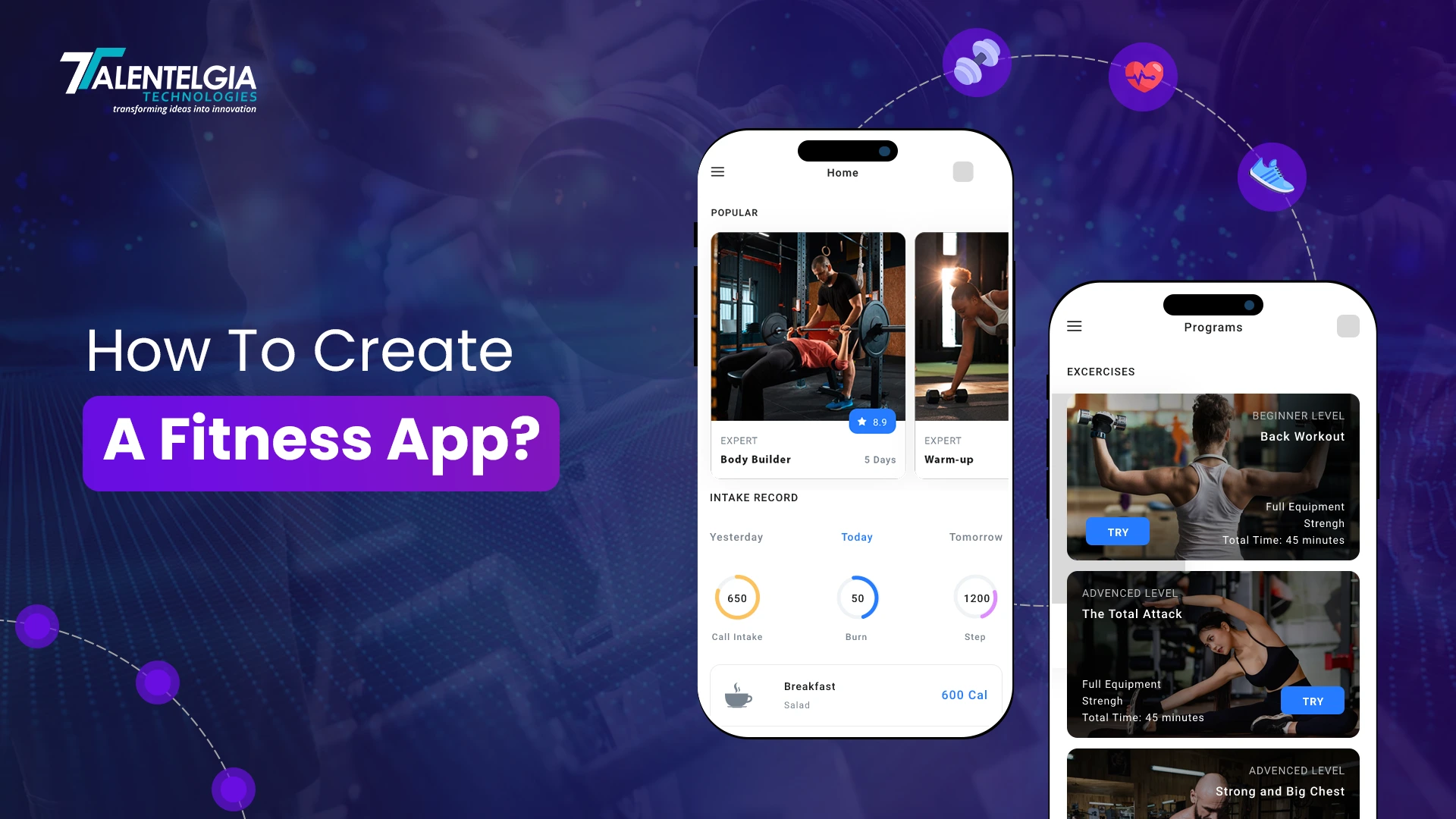










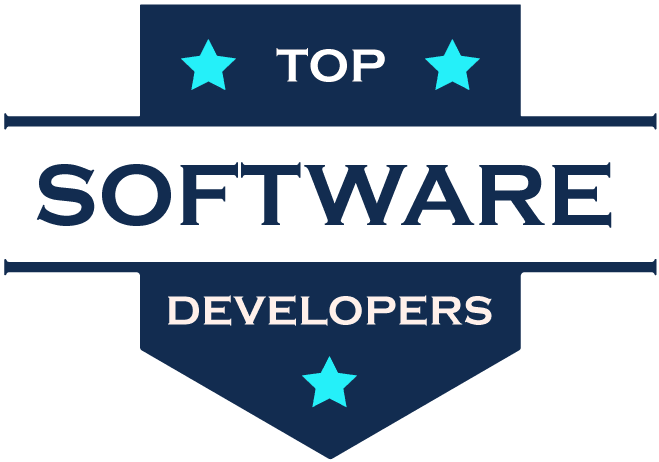
 Write us on:
Write us on:  Business queries:
Business queries:  HR:
HR: 




